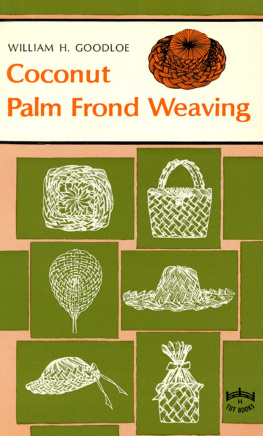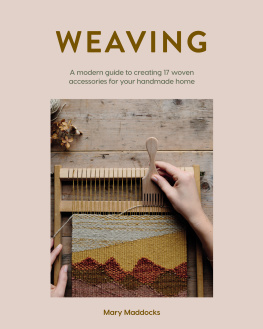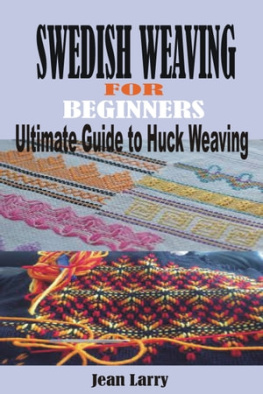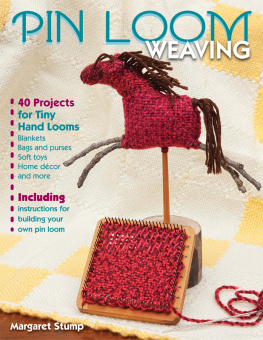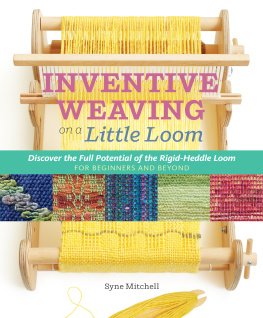Other TUT BOOKS
Botchan by Soseki Natsume; translated by Umeji Sasaki
The Buddha Tree by Fumio Niwa; translated by Kenneth Strong
Comrade Loves of the Samurai by Saikaku Ihara and Songs of the Geishas translated from the Japanese by E. Powys Mathers
The Counterfeiter and Other Stories by Tasushi Inoue; translated by Leon Picon
Exotics and Retrospectives by Lafcadio Hearn
Five Women Who Loved Love by Saikaku Ihara; translated by William Theodore de Bary
A Flower Does Not Talk: Zen Essays by Abbot Zjmkei Shibayama of the Nanzenji
Folk Legends of Japan by Richard M. Dor son
Gleanings in Buddha-Fields: Studies of Hand and Soul in the Far East by Lafcadio Hearn
Harp of Burma by Michio Takeyama; translated by Howard Hibbett
Historical and Geographical Dictionary of Japan by E. Papinot
A History of Japanese Literature by W. G. Aston
I Am a Cat by Soseki Natsume; translated by Aiko Ito and Graeme Wilson
In Ghostly Japan by Lafcadio Hearn
Japan: An Attempt at Interpretation by Lafcadio Hearn
Japanese Folk-Plays : The Ink-Smeared Lady and Other Kyogen translated by Shio Sakanishi
Japanese Tales of Mystery & Imagination by Edogawa Rampo; translated by James B. Harris
Japanese Things : Being Notes on Various Subjects Connected with Japan by Basil Hall Chamberlain
Kappa by Ryunosuke Akutagawa; translated by Geoffrey Bownas
Kokoro: Hints and Echoes of Japanese Inner Life by Lafcadio Hearn
Kotto: Being Japanese Curios, with Sundry Cobwebs by Lafcadio Hearn
Kwaidan: Stories and Studies of Strange Things by Lafcadio Hearn
Land of the Reed Plains: Ancient Japanese Lyrics from the Manyoshu translation and commentary by Kenneth Tasuda
The Life of an Amorous Man by Saikaku Ihara; translated by Kengi Hamada
The Life of Buddha by A. Ferdinand Her old
Nihongi: Chronicles of Japan from the Earliest Times to A. D. 697 by W. G. Aston
Out of the East: Reveries and Studies in New Japan by Lqfcadio Hearn
The Road to Inamura by Lewis Bush
The Romance of the Milky Way by Lqfcadio Hearn
This Scheming World by Saikaku Ihara; translated by Masanori Takatsuka and David C. Stubbs
Shadowings by Lqfcadio Hearn
The Ten Foot Square Hut and Tales of the Heike: Being Two Thirteenth-century Japanese Classics, the "Hojoki" and Selections from the "Heike Monogatari" translated by A. L. Sadler
Three Modern Kyogen by Donald Richie
To Live in Japan by Mary Lee O'Neal and Virginia Woodruff
The Wild Geese by Ogai Mori; translated by Kingo Ochiai and Sanford Goldstein
Ten Dictionary by Ernest Wood
Charles E. Tuttle Company
PUBLISHERS
Please order from your bookstore or write directly to:
Osaki Shinagawa-ku, Tokyo 141-0032
or:
Rutland, Vermont 05701 U.S.A.
-1-
Origin & History of the Coconut Palm
The coconut palm (Cocos nucifera) is found growing on tropical shores all around the world. It is interesting to note that scholars do not know the origin of this tree, and there are differences of opinion concerning how the tree spread throughout the world. The Pacific coast of tropical America, New Zealand, Antarctica, Cocos Keeling Islands, and some islands of the Indian Ocean which no longer exist have been named by various authorities as the place of origin of the coconut palm.
Some authorities believe coconuts spread throughout the tropical world by drifting across oceans and washing ashore on the beach to start new coconut palm trees. Others say the coconut will not germinate after being in salt water for any length of time so it must have been spread by man. One purpose of the voyage of the Kon-Tiki was to prove that man could have carried the coconut from Peru to Polynesia.
In 1878 the coconut palm was brought to Florida. On January 9 of that year the Spanish barque Providencia sailed right up to the beach at Lake Worth (later to be known as Palm Beach). The ship was bound for Barcelona, Spain, from Havana, Cuba, with a cargo of 20,000 coconuts, hides, and wine.
The next few days during a long, noisy session of drinking wine, the captain offered the 20,000 coconuts to the settlers of Lake Worth. About 14,000 of these coconuts were planted from Boca Raton to Stuart, by the hiccuping pioneers.
When Henry Flagler came to Lake Worth in 1890 and saw the evidence of the Spanish party, he renamed Lake Worth "Palm Beach," and proceeded to make it world renowned.
The coconut palm will not survive in cold or dry places. It generally grows between latitudes 26 degrees north and 26 degrees south. This is confirmed in Florida where the northerly limit for the palm is near Palm Beachlatitude 26.6 degrees north. Coconut palms grew temporarily as far north as Jacksonvillelatitude 30.4 degrees north; however, those north of the Palm Beach area were killed by cold weather in 1958.
The coconut matures on the tree in ten to twelve months. Under proper conditions a mature nut will begin to sprout in about four months. It takes about five years for the trunk to develop and three or more additional years for the tree to begin bearing coconuts.
The coconut palm grows approximately one frond per month and produces fifty or more coconuts per year. The bud sometimes grows at the rate of one inch per day. A coconut palm has twenty to thirty fronds (growing from twenty to twenty-five feet long in the tropics) with each frond having about a hundred pairs of leaves. Under ideal tropical conditions of temperature and rainfall a palm may attain the height of one hundred feet.
The coconut palm is the staff of life for many people living on tropical islands. They drink the coconut liquid, eat the meat, and extract oil (used in cooking, cosmetics, making soap, etc.) from the dried meat. The palm frond is used in making huts, hats, clothing, sandals, baskets, and mats. Sandals are also fashioned from coconut husks. They make rope, brushes, and mats from the fiber of the husk, commonly called coir. The sap is tapped from flower stalks and, when fresh, used as a drink (toddy), cooked into sugar (jaggery), fermented for palm wine, distilled for a fiery liquor (arrack), or aged into vinegar. The dried fronds and old tree trunks are used as fuel for fires.
Today there are very large coconut plantations in the tropical areas. The chief commercial products are copra (dried coconut meat, yielding oil), coir, charcoal, and desiccated coconut.
A typical large plantation may have thousands of cultivated acres and ship many tons of copra annually. Native workers can husk from 120 to 360 coconuts per hour.
The fresh coconut meat contains approximately 62 percent water, and when dried, less than 6 percent. Meat from 3,000 to 6,000 coconuts is needed to produce one ton of copra.
In summary, the coconut palm is the most useful of all palm trees. It has literally a thousand and one uses, for food, shelter, clothing, utility, household goods, handicrafts, and decorations.
-10-
Long-handled Leaf Baskets
The leaf basket has many uses and may serve as an attractive holder for floral arrangements, a serving tray for hors d'oeuvres, a dish-holder on a buffet table, or as a fan.
To begin, cut an entire section from the frond, preferably a section with long wide leaves. Do not split the stem as when making a hat. The stem will be the center of the basket with the sides woven around it.
Count sixteen leaves on each side of the stem, then cut the stem off at each end. Cut the first four leaves off each side at the large end of the stem as this portion of the stem must form the basket handle. The basket is woven with the remaining twelve pairs of leaves.
Next page
